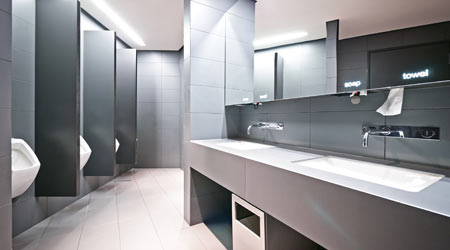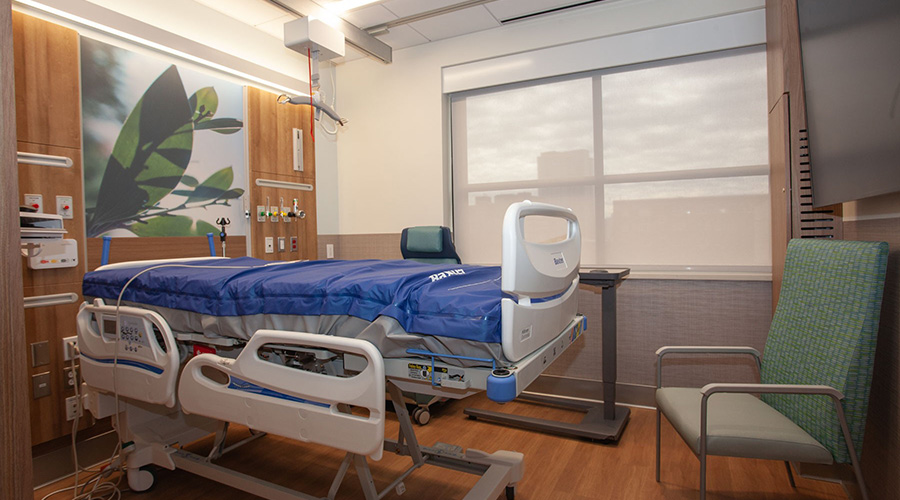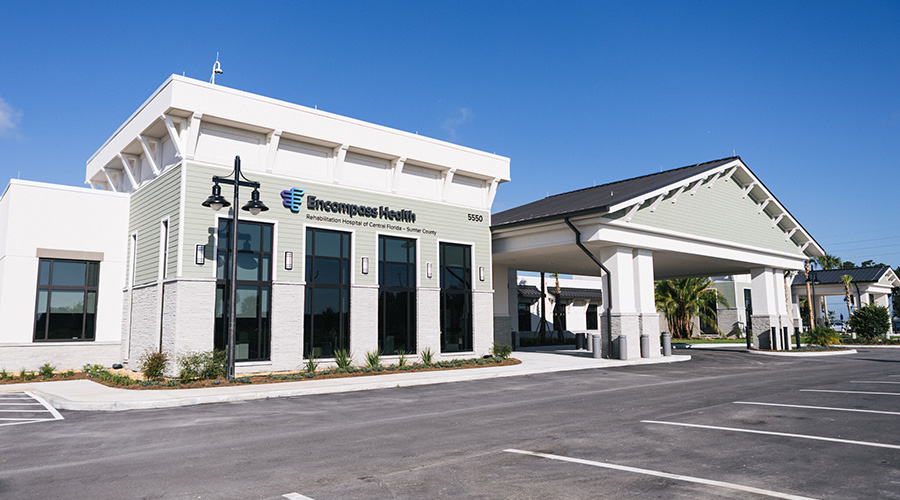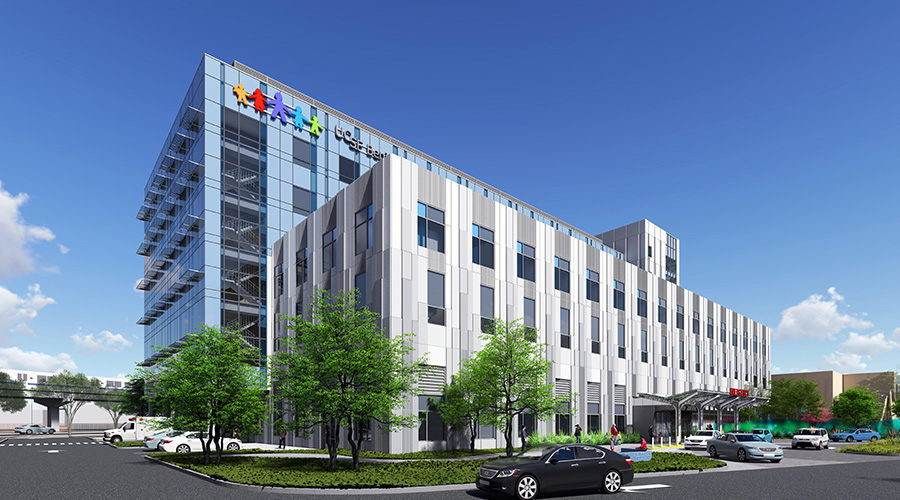Plumbing system upgrades remain popular options for maintenance and engineering managers, according to an article from Facility Maintenance Decisions on the FacilitiesNet website.
Each new generation of plumbing products — flush valves, faucets and toilets — offers a host of potential benefits to institutional and commercial facilities, increasing the appeal of upgrades.
One key challenge in ensuring the success of upgrades is identifying the specific goal of the upgrade clearly and early, whether that goal is minimizing maintenance, saving water or improving restroom hygiene. Without a clear goal, it will be difficult to measure the return on the investment and the overall success of the finished project.
Among the maintenance considerations that most often drive the decision to upgrade plumbing systems are the components’ age, previous upgrades, severity of use, regulatory mandates, and increases in workloads due to facility add-ons.
The older a plumbing system is, the more an upgrade will benefit its operational and maintenance efficiency. If a building is 40 years old, the amount of deferred maintenance, including the need for replacement with more modern fixtures and piping, probably has grown to the point where these costs are much higher than the costs for more modern fixtures.

 Streamlined Integrated Project Delivery Tackles Design Challenges
Streamlined Integrated Project Delivery Tackles Design Challenges Encompass Health Rehabilitation Hospital of Central Florida - Sumter County Opens
Encompass Health Rehabilitation Hospital of Central Florida - Sumter County Opens Rudolph and Sletten Awarded $960M for New UCSF Benioff Children's Hospital
Rudolph and Sletten Awarded $960M for New UCSF Benioff Children's Hospital How Designers Create Welcoming Senior Care Communities
How Designers Create Welcoming Senior Care Communities Data-Driven Decisions: How Analytics Are Shaping Healthcare Facility Planning
Data-Driven Decisions: How Analytics Are Shaping Healthcare Facility Planning